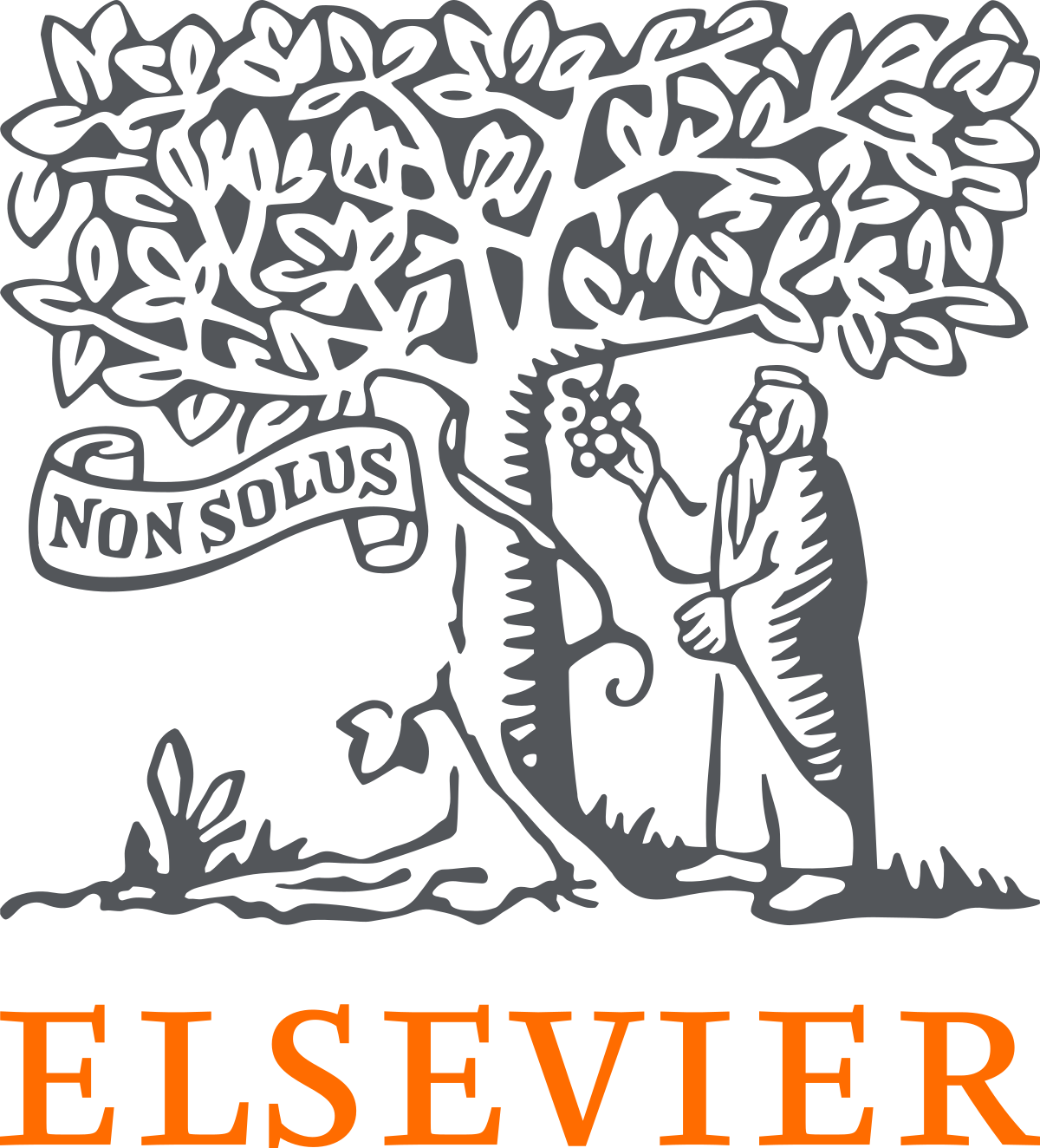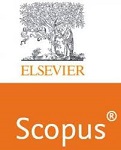Chilli Leaf Diseases Detection with Different Features of Original Chilli Using Region Based Convolutional Neural Network
Keywords:
Deep learning, CNN, Keras, GLCM, Python, OpenCV-Python, TensorFlow, AnacondaAbstract
The productivity of the agriculture sector drives the Indian economy. Rural households rely on agriculture to a greater than 70% extent. Almost 60% of the country is employed in agriculture, which generates roughly 17% of the global GDP. Thus, within the domain of agriculture, the detection of crop diseases is crucial. Rice, wheat, groundnuts, and including variety of crops, but not limited to, fruits, vegetables, and other plants. In addition to these crops, Indian farmers also raise potatoes, oilseeds, sugarcanes, and non-food commodities including coffee, cocoa, tea, rubber, and cotton. Most plants primarily grow depending on the energy of their roots and leaves. There are also some more factors that result in various plant-leaf diseases, which ruin harvests and ultimately impact the nation's economy. Chilli production is a skilled labor-intensive operation because plants are constantly under attack from various insects, bacterial diseases, and smaller-scale organisms. Studies of organic products show that leaves and shoots are commonly used to identify attack marks. Currently, chemicals are being applied to plants without paying attention to their needs. This technique will ensure that chemicals such as pesticides are only applied to plants when they are infected with the diseases. Images of the chilli leaf disease were captured using image processing techniques. The leaf image will be used to identify and estimate the state of the plants. There are also several data processing techniques, which are indeed effective as well as efficient for determining plant diseases to support farmers. In this, we have implemented GLCM feature extraction and region-based CNN method. Our Proposed model aims to give an accuracy of above 90%. It will be helpful in various agricultural applications. Firstly, it can be beneficial for assisting non-expert farmers in identifying the right time to apply chemicals to the plant. It also provides the most appropriate time for harvesting crops before they get ruined. Secondly, it can also be used by the researchers of plant research institutes to study crops in detail in different stages of the crop.
Downloads
References
https://en.wikipedia.org/wiki/Chili_pepper.
Manas Kumar Pandit, Ritoban Pandit, Sanjay Bairagi, “Chili”, In book: Ethnopharmacological Investigation of Indian Spices (pp.253- 268),January 2020, DOI:10.4018/978-1-7998-2524-1.ch018.
N. Nisar, A. Awasthi, M. Chhabra and A. I. Abidi, "Image based Recognition of Plant Leaf Diseases: A Review," 2020 Fourth International Conference on I-SMAC (IoT in Social, Mobile, Analytics and Cloud) (I-SMAC), Palladam, India, 2020, pp. 373-378, doi: 10.1109/I-SMAC49090.2020.9243434.
ANNE HUMEAU-HEURTIER, “Texture Feature Extraction Methods: A Survey” ,IEEE, Electronic ISSN: 2169-3536, 03 January 2019 , DOI: 10.1109/ACCESS.2018.2890743.
Eftekhar Hossain, Md. Farhad Hossainand, Mohammad Anisur Rahaman, “A Color and Texture Based Approach for the Detection and Classification of Plant Leaf Disease Using KNN Classifier”, 2019 International Conference on Electrical, Computer and Communication Engineering (ECCE), DOI:10.1109/
ECACE.2019.8679247.
Matta Bharathi Devi, Dr Amarendra,“Machine Learning based Application to detect Pepper Leaf Diseases using HistGradientBoosting Classifier with fused HOG and LBP Features”, Volume 8. No. 10, October 2020,DOI: https://doi.org/
30534/ijeter/2020/1148102020.
Akbar Hidayatuloh , M. Nursalman , Eki Nugraha , Identification of Tomato Plant Diseases by Leaf Image Using Squeezenet Model,IEEE, Electronic ISBN:978-1-5386-5693-8, 25 April 2019, DOI: 10.1109/ICITSI.2018.8696087.
J. Francis, Anto Sahaya Dhas D and Anoop B K, "Identification of leaf diseases in pepper plants using soft computing techniques," 2016 Conference on Emerging Devices and Smart Systems (ICEDSS), Namakkal, India, 2016, pp. 168-173, doi: 10.1109/
ICEDSS.2016.7587787.
A. Hidayatuloh, M. Nursalman and E. Nugraha, "Identification of Tomato Plant Diseases by Leaf Image Using Squeezenet Model," 2018 International Conference on Information Technology Systems and Innovation (ICITSI), Bandung, Indonesia, 2018, pp. 199-204, doi: 10.1109/ICITSI.2018.8696087.
V. A. Metre and S. D. Sawarkar, "Reviewing Important Aspects of Plant Leaf Disease Detection and Classification," 2022 International Conference for Advancement in Technology (ICONAT), Goa, India, 2022, pp. 1-8, doi: 10.1109/ICONAT
2022.9725870.
C. Trongtorkid and P. Pramokchon, "Expert system for diagnosis mango diseases using leaf symptoms analysis," 2018 International Conference on Digital Arts, Media and Technology (ICDAMT), Phayao, Thailand, 2018, pp. 59-64, doi: 10.1109/ICDAMT.
8376496.
R. G. de Luna, E. P. Dadios and A. A. Bandala, "Automated Image Capturing System for Deep Learning-based Tomato Plant Leaf Disease Detection and Recognition," TENCON 2018 - 2018 IEEE Region 10 Conference, Jeju, Korea (South), 2018, pp. 1414-1419, doi: 10.1109/TENCON.2018.8650088.
V. K. Vishnoi, K. Kumar, B. Kumar, S. Mohan and A. A. Khan, "Detection of Apple Plant Diseases Using Leaf Images Through Convolutional Neural Network," in IEEE Access, vol. 11, pp. 6594- 6609, 2023, doi: 10.1109/ACCESS.2022.3232917.K. Elissa, “Title of paper if known,” unpublished.
Ahmad Loti NN, Mohd Noor MR, Chang SW. Integrated analysis of machine learning and deep learning in chili pest and disease identification. J Sci Food Agric. 2021 Jul;101(9):3582-3594. doi: 10.1002/jsfa.10987. Epub 2020 Dec 24. PMID: 33275806.
K. Phookronghin, A. Srikaew, K. Attakitmongcol and P. Kumsawat, "2 Level Simplified Fuzzy ARTMAP for Grape Leaf Disease System Using Color Imagery and Gray Level Co-Occurrence Matrix," 2018 International Electrical Engineering Congress (iEECON), Krabi, Thailand, 2018, pp. 1-4, doi: 10.1109/IEECON.2018.8712183.
S. Kaur, S. Pandey, and S. Goel, “Plants Disease Identification and Classification Through Leaf Images : A Survey,” Archives of Computational Methods in Engineering, vol. 6, 2018. [Online]. Available: https://doi.org/10.1007/s11831-018-9255-6.
V. K. Vishnoi, K. Kumar, and B. Kumar, “A comprehensive study of feature extraction techniques for plant leaf disease detection,” Multimedia Tools and Applications, vol. 81, no. 1, pp. 367–419, Jan 2022.
Z. B. Husin, A. Y. B. M. Shakaff, A. H. B. A. Aziz and R. B. S. M. Farook, "Feasibility Study on Plant Chili Disease Detection Using Image Processing Techniques," 2012 Third International Conference on Intelligent Systems Modelling and Simulation, Kota Kinabalu, Malaysia, 2012, pp. 291-296, doi: 10.1109/
ISMS.2012.33.
S. M. Javidan, A. Banakar, K. A. Vakilian and Y. Ampatzidis, "A feature selection method using slime mould optimization algorithm in order to diagnose plant leaf diseases," 2022 8th Iranian Conference on Signal Processing and Intelligent Systems (ICSPIS), Behshahr, Iran, Islamic Republic of, 2022, pp. 1-5, doi: 10.1109/ICSPIS56952.2022.10043928.
M. Pei, M. Kong, M. Fu, X. Zhou, Z. Li and J. Xu, "Application research of plant leaf pests and diseases base on unsupervised learning," 2022 3rd International Conference on Computer Vision, Image and Deep Learning & International Conference on Computer Engineering and Applications (CVIDL & ICCEA), Changchun, China, 2022, pp. 1-4, doi: 10.1109/CVIDLICCEA
2022.9824321.
Bhat , A. H. ., & H V, B. A. . (2023). E2BNAR: Energy Efficient Backup Node Assisted Routing for Wireless Sensor Networks . International Journal on Recent and Innovation Trends in Computing and Communication, 11(3s), 193–204. https://doi.org/10.17762/ijritcc.v11i3s.6181
Sahoo, D. K. . (2022). A Novel Method to Improve the Detection of Glaucoma Disease Using Machine Learning. Research Journal of Computer Systems and Engineering, 3(1), 67–72. Retrieved from https://technicaljournals.org/RJCSE/index.php/journal/article/view/44
Downloads
Published
How to Cite
Issue
Section
License

This work is licensed under a Creative Commons Attribution-ShareAlike 4.0 International License.
All papers should be submitted electronically. All submitted manuscripts must be original work that is not under submission at another journal or under consideration for publication in another form, such as a monograph or chapter of a book. Authors of submitted papers are obligated not to submit their paper for publication elsewhere until an editorial decision is rendered on their submission. Further, authors of accepted papers are prohibited from publishing the results in other publications that appear before the paper is published in the Journal unless they receive approval for doing so from the Editor-In-Chief.
IJISAE open access articles are licensed under a Creative Commons Attribution-ShareAlike 4.0 International License. This license lets the audience to give appropriate credit, provide a link to the license, and indicate if changes were made and if they remix, transform, or build upon the material, they must distribute contributions under the same license as the original.





